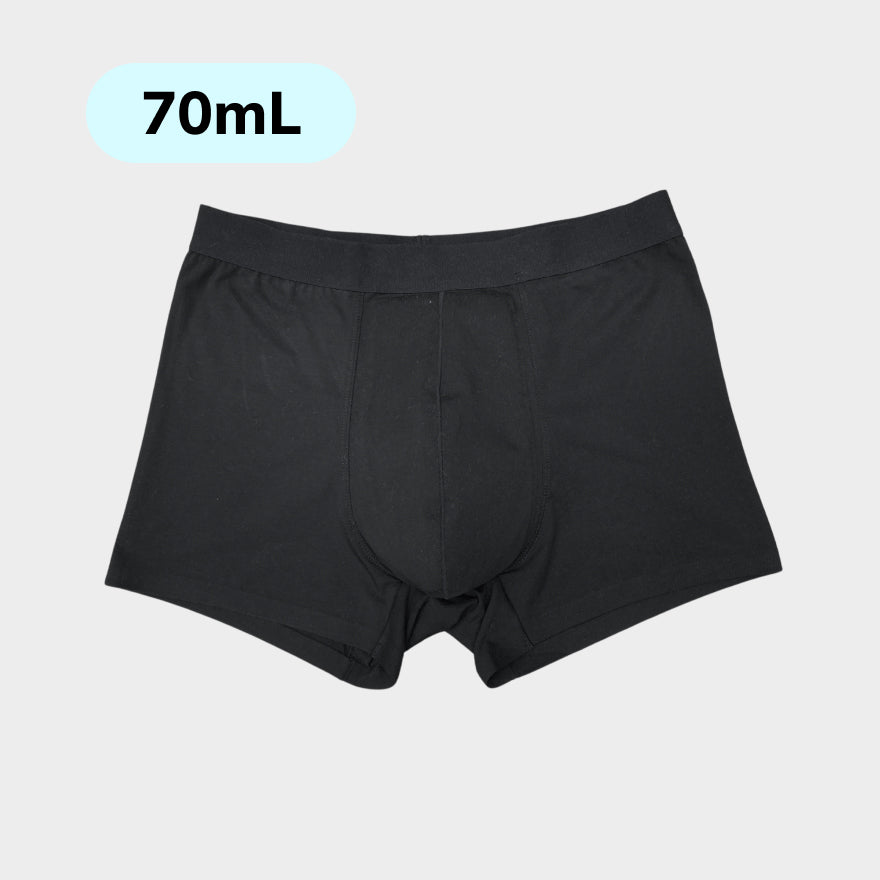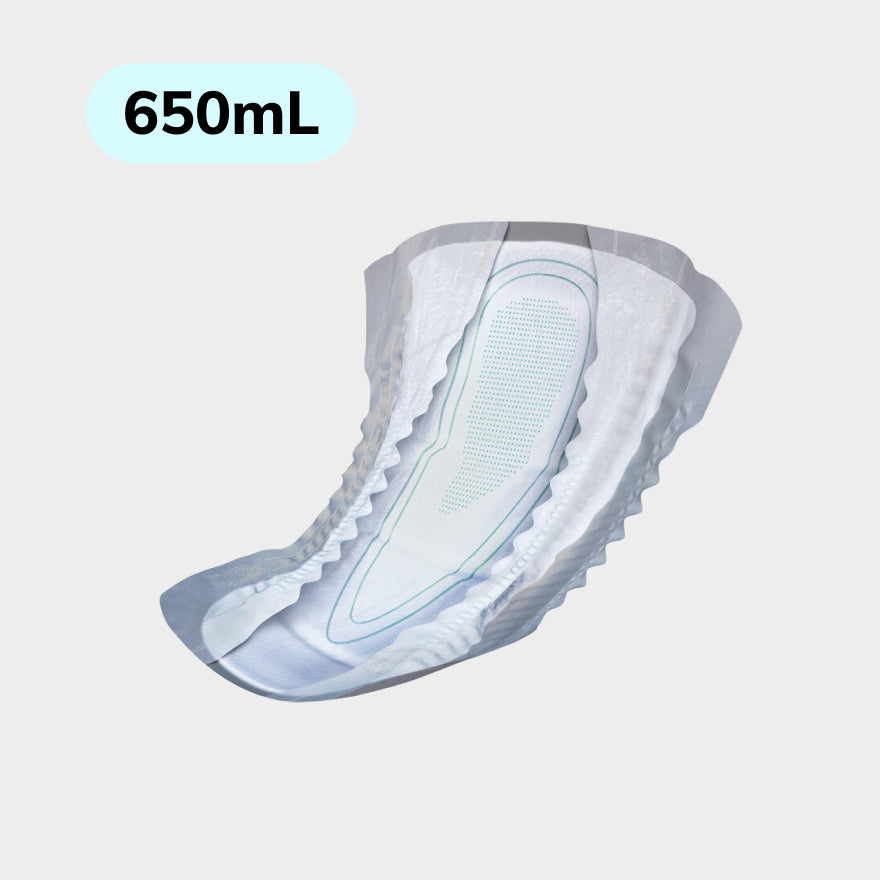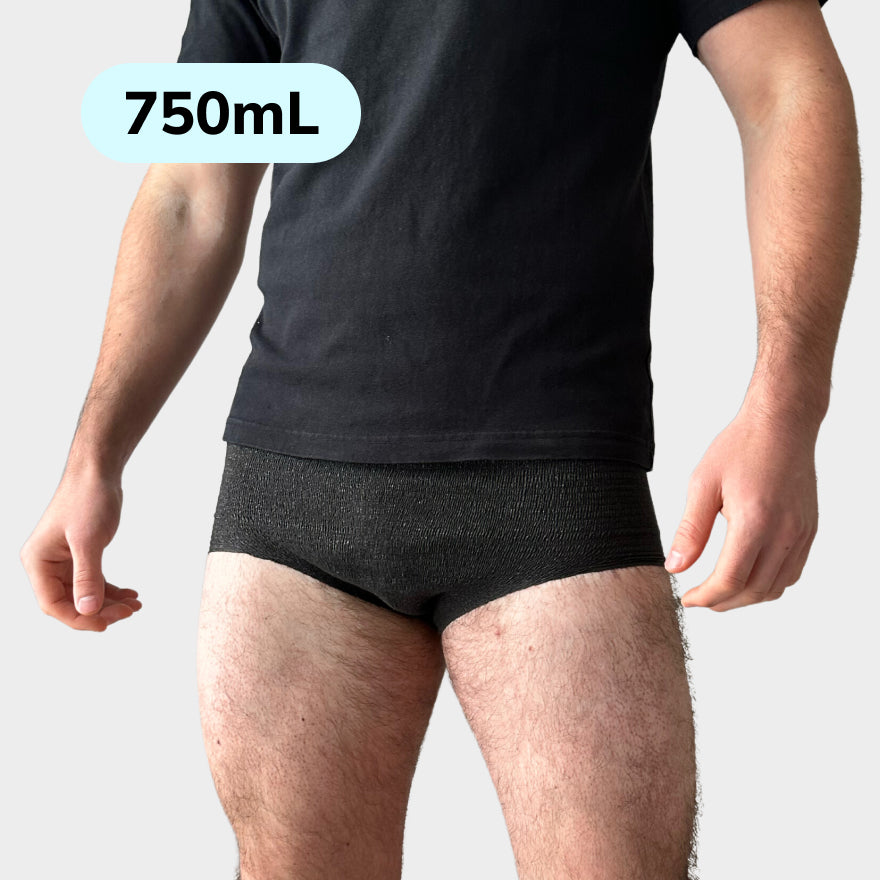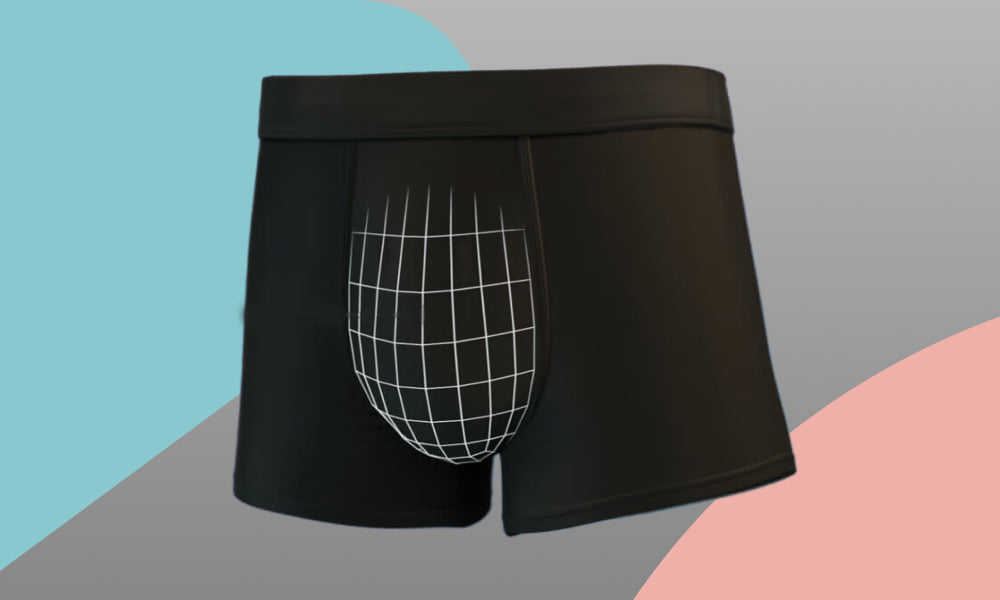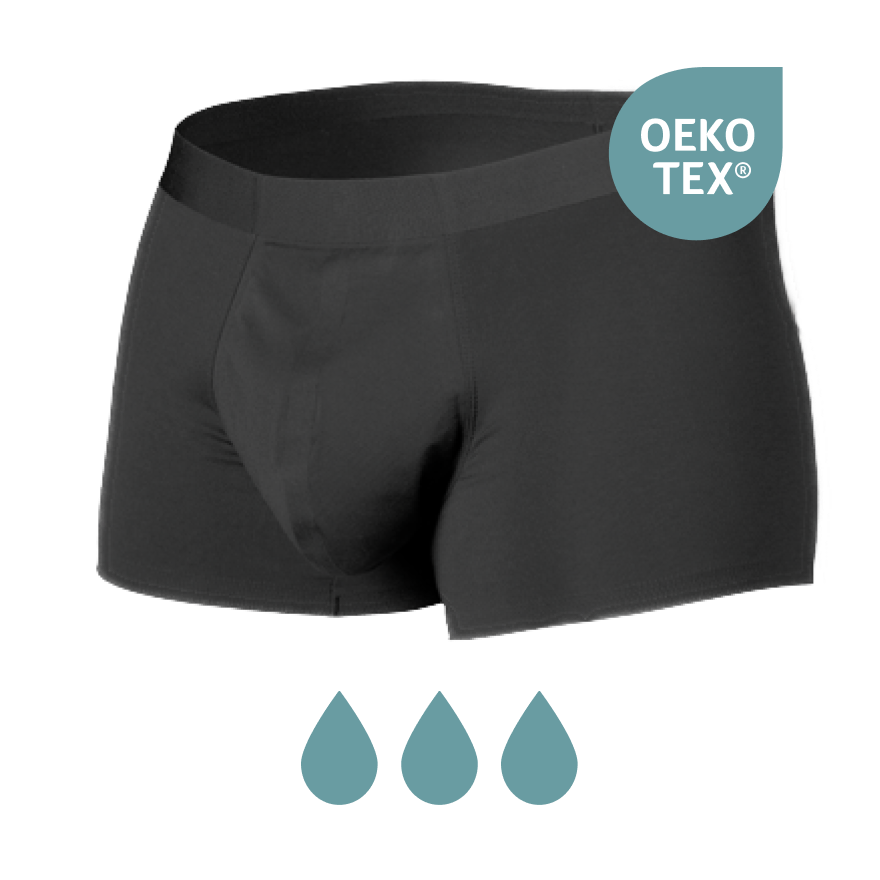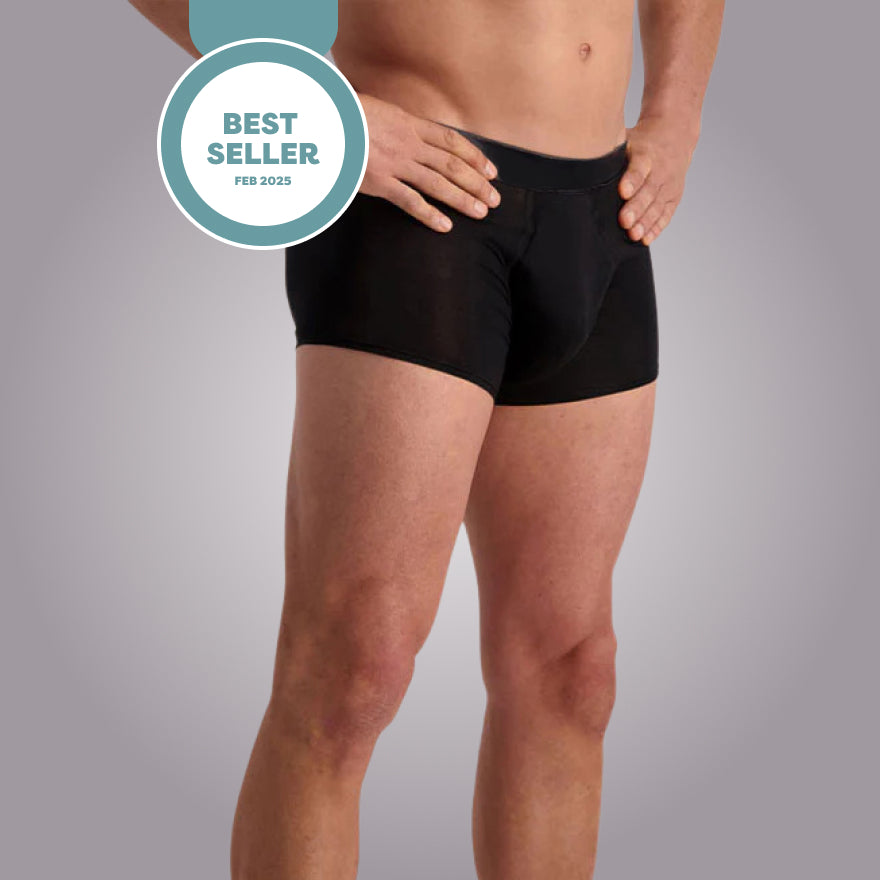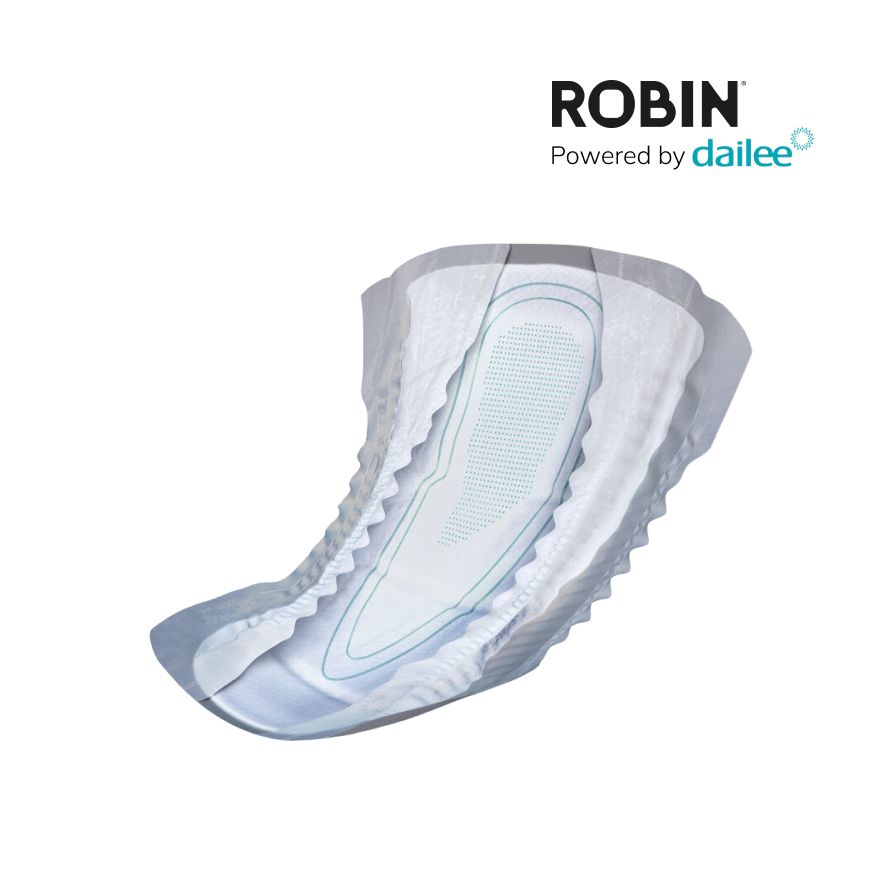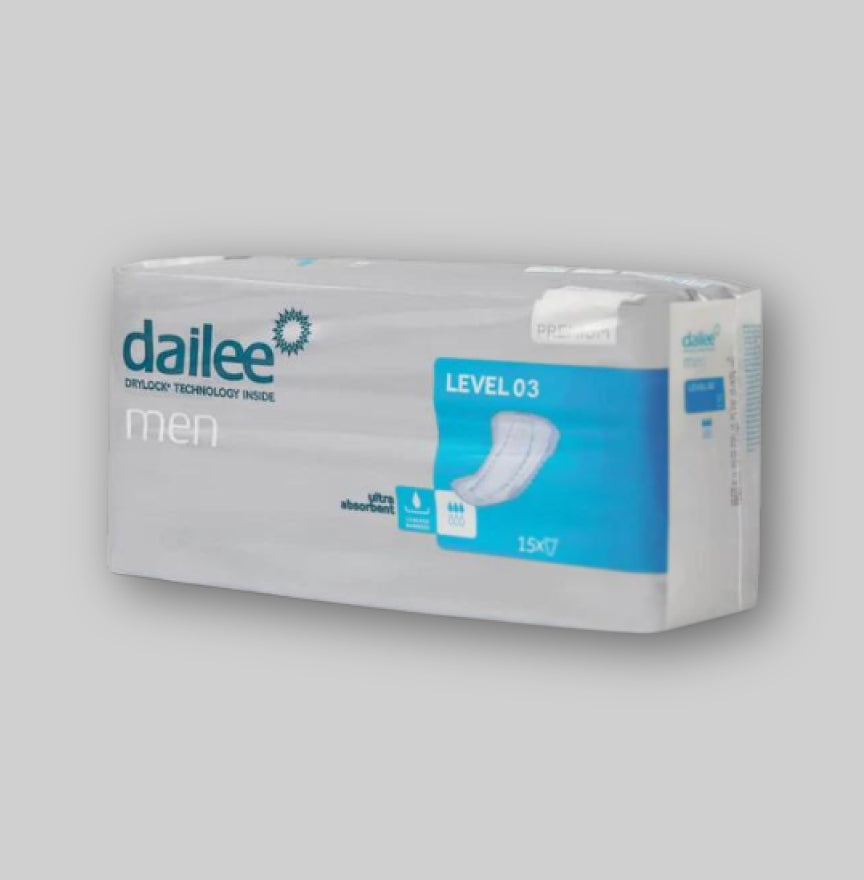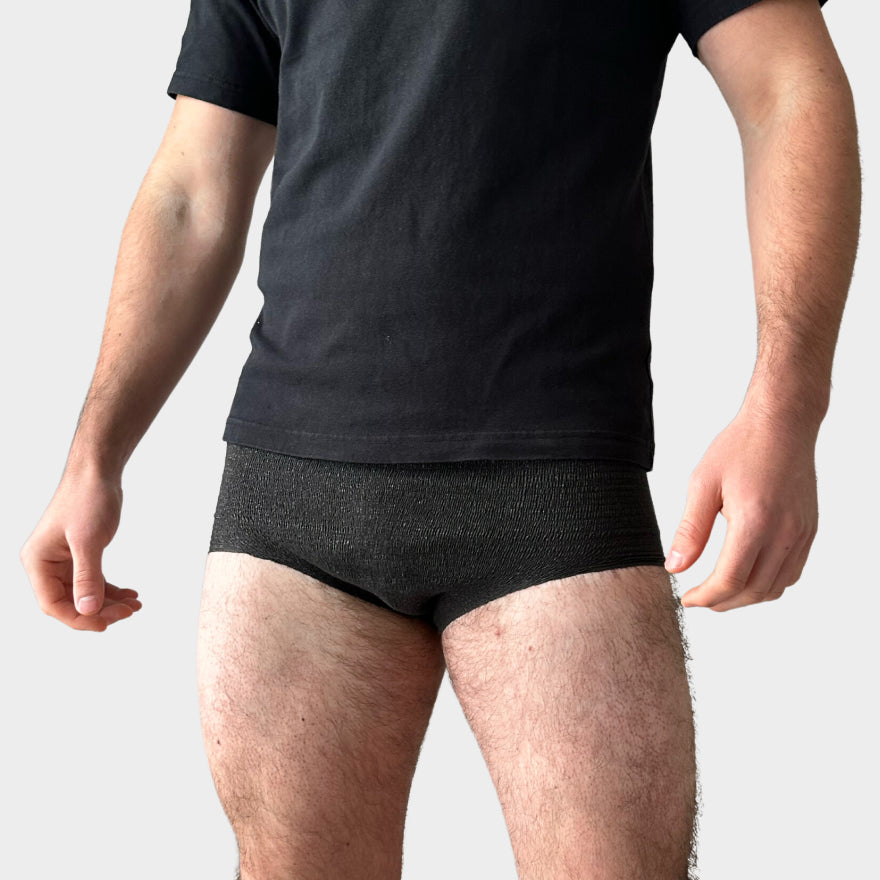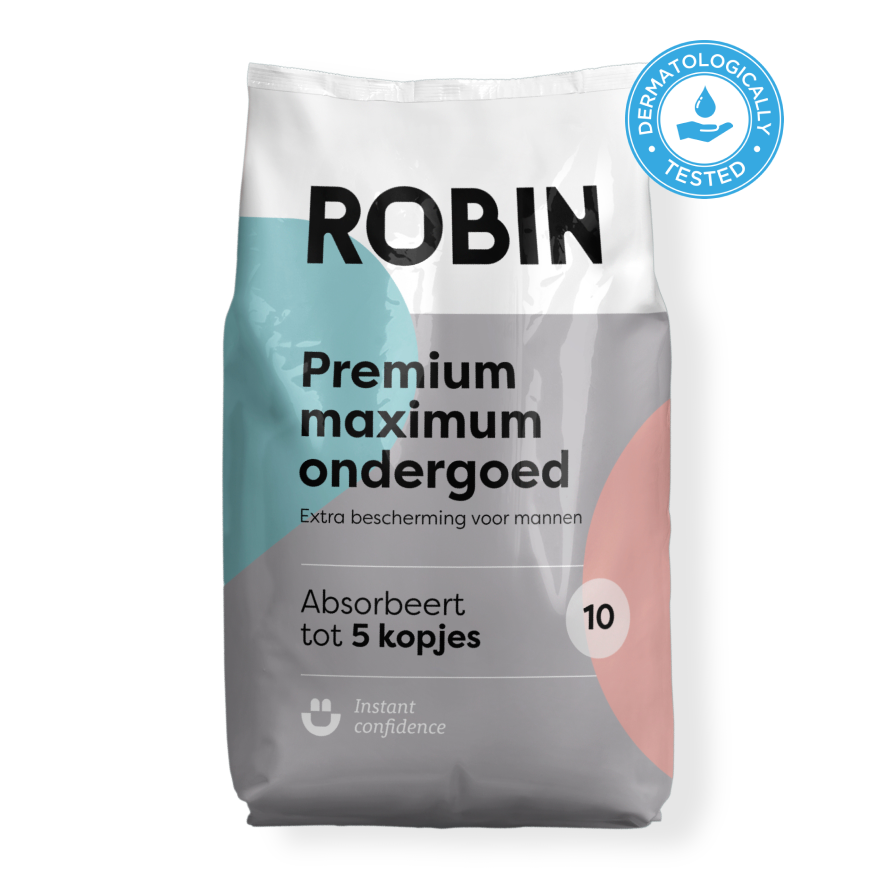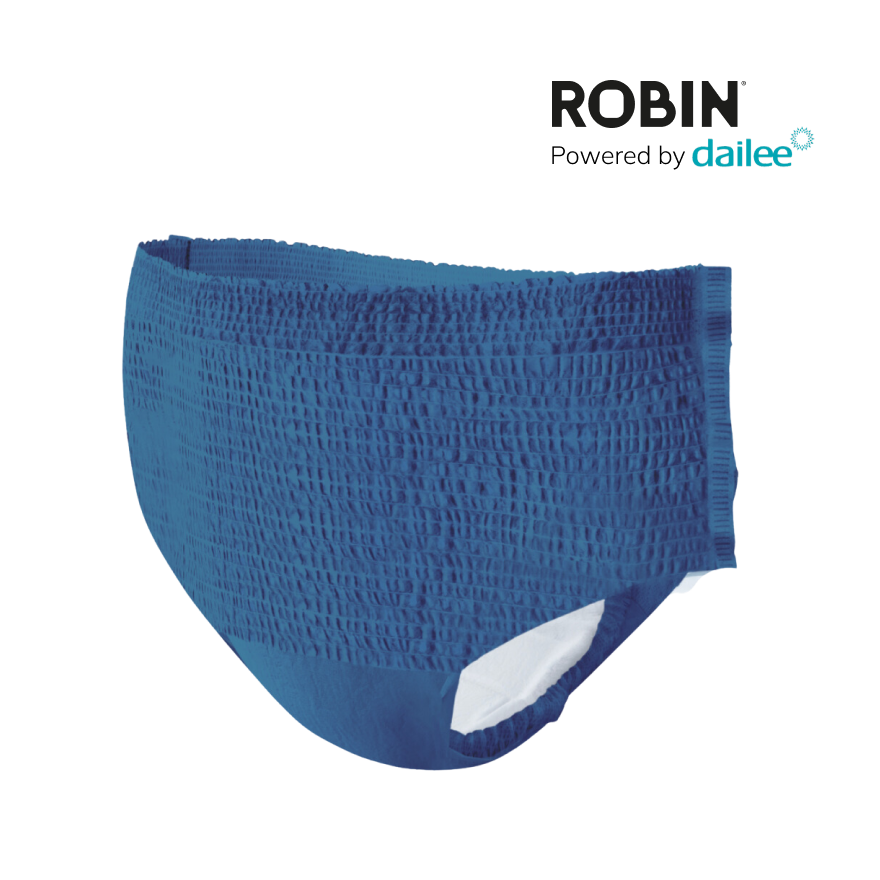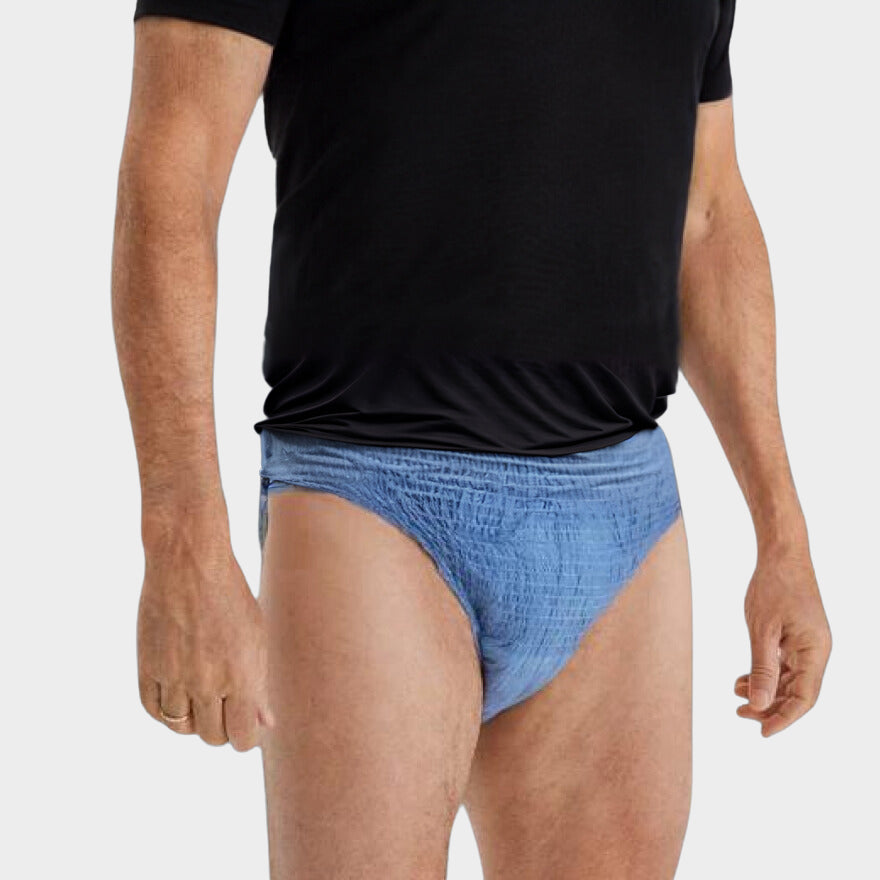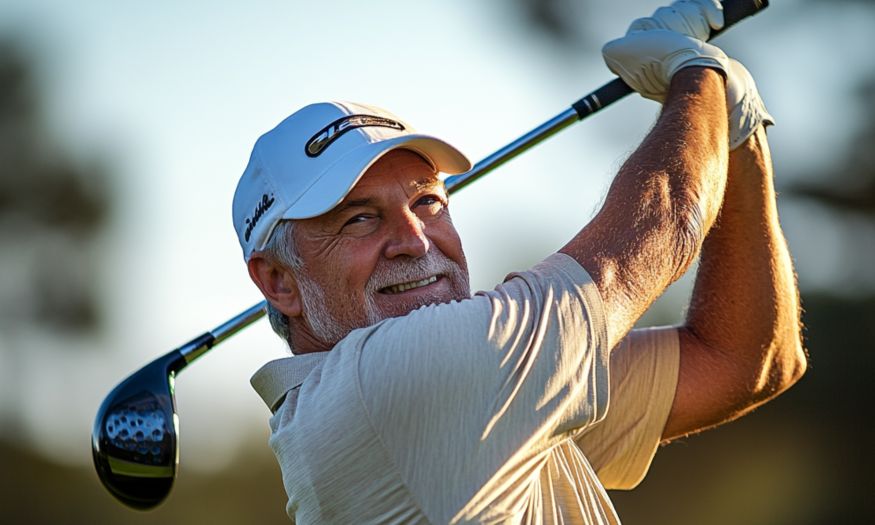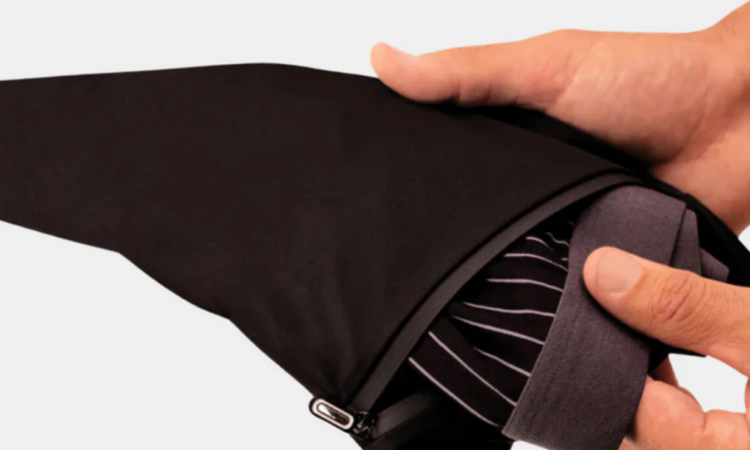Urge incontinence, also known as overactive bladder, is a condition in which there is a sudden and strong urge to urinate. This urge can be so powerful that the individual cannot reach the bladder before urine loss occurs. The condition can influence both men and women and increases with age, although it can occur at any age.

The Causes of Urge Incontinence are versatile and can vary from neurological disorders and bladder infections to changes in the bladder itself. Although this condition is sometimes related to specific medical conditions, it also happens without a clear cause. In the treatment of urge incontinence, priority is given to managing symptoms and pursuing an improved quality of life, with a range of options ranging from physical exercises to medication or surgery. It is essential to seek professional help with the first signs of symptoms, to limit the impact on daily life as much as possible.
Definition of Urge Incontinence
Urge incontinence, also incontinence mentioned is a form of urinary incontinence. It is characterized by a sudden, strong urge to urinate that is difficult to suppress. People with urge incontinence often experience the loss of urine before they can reach the toilet.
This condition occurs when the detus muscle, which forms the bladder wall, involuntarily contracts. This creates the urgent need to pee. Urge Incontinence can occur in people of all ages, but is often seen in the elderly.
Factors that can contribute to the development of Urge Incontinence:
- Neurological disorders
- Bladder infection
- Bladder stones or tumors
- In women: Menopause
- In men: enlarged prostate
The diagnosis of urge incontinence is often made by a urologist after a series of examinations, such as a urine test, bladder function test or a cystoscopy. The treatment can consist of lifestyle changes, pelvic floor therapy, medication or surgical procedures, depending on the severity and underlying cause of the condition.
Diagnosis of Urge Incontinence
When someone has symptoms of urge incontinence, such as suddenly and having to urinate suddenly, a doctor can use different diagnostic tests and methods.
Medical
Doctors start with a detailed medical history in which they ask questions about the urine frequency, the volume, and any triggers who cause the urge to urinate.
Symptom diary
Patients can be asked one symptom diary to keep track of in which they note their incontinence episodes, moisture intake and other relevant factors.
Physical examination
A physical examination can include an abdominal examination, a pelvic examination in women, and a rectal examination in men.
| Diagnostic tests | Description |
|---|---|
| Urine examination | Analyzes urine on infections or blood. |
| Wind function test (urodynamic examination) | Measure how well the bladder and sphincter function function. |
| Cystoscopy | Uses a camera to look in the bladder. |
| Resturine measurement | Determines the amount of urine that remains after peeing. |
Neurological tests
To rule out that the symptoms are caused by neurological problems, additional neurological tests can be performed.
Therapies can vary based on the diagnosis, from behavioral adjustments such as bladder training to medication or even surgery. The accurate diagnosis of urge incontinence is essential to determine the most effective treatment.
Treatments for Urge Incontinence
There are various treatment strategies for urge incontinence that help patients control the symptoms and improve the quality of life.
Lifestyle changes and bladder training
- Weight loss: In overweight, losing weight can reduce the pressure on the bladder.
- Moisture: Limiting caffeine and alcohol can reduce urgency.
- Bladder training: Gradually postponing the toilet visit can increase the bladder capacity.
Medication
- Anticholinergic: Reduce bladder spasms and increase the bladder capacity.
- Beta-3-ADRenGerge Agonists: Relax the bladder muscle and can reduce bladder overactivity.
Physiotherapy
- Pelvic floor exercises Strengthen the muscles that support the bladder.
Medical
- Neurostimulation: Impulses help regulate the nerves that influence bladder control.
- Pessary: supports the bladder and can relieve pressure.
Surgical options
In rare cases, surgery can be an option if other treatments are not effective.
It is essential for patients to talk to their doctor to determine the most suitable treatment options for their situation.
Impact of Urge Incontinence on daily life
Urge Incontinence has significant influence on someone's daily activities. People with this condition experience a sudden and intense urge to urinate, followed by involuntary loss of urine. This can make them uncertain about social activities, work and to travel.
The inability to postpone urine pounding results in frequent toilet visits. This can disrupt the night's rest, leading to fatigue and concentration problems during the day. Shortage can cause other health problems, such as an increased risk of heart disease and depression. Read all about here keyhole incontinence: Always go to the toilet first when you get home.
Urge incontinence can lead to insulation on a social level. People can avoid meetings or events for fear of accidents. This can cause feelings of shame and affect self -confidence.
In the working environment, the frequent toilet visits can be considered less productive. It can also increase stress if there is not easy access to toilet facilities. Work -related travel or long meetings can be a source of fear.
Physical Skin irritations and infections can occur due to the constant need to wear protective material. Psychological Can deal with urge incontinence to the development of anxiety disorders and depression.
People with this form of incontinence often seek help from health experts. Treatments and lifestyle changes can reduce the effects, but it requires time and patience to tackle. It is important that they get support and understanding of their environment to improve the quality of life.
Prevention and management
Prevention and management of urge incontinence is aimed at reducing symptoms and improving the quality of life. Both lifestyle changes and medical interventions can play a role in this.
Lifestyle advice:
- Liquid intake: Adjusting the quantity and timing of liquid intake to not overload the bladder.
- Pelvic floor exercises: Strengthening the pelvic floor muscles with exercises such as cone exercises can help improve bladder control.
- Bladder Training: The gradual extension of the time between toilet visits to train the bladder.
Medical treatment:
- Medication: Anticholinergics and Beta-3 Adrenoreceptoragonists are often prescribed to calm the bladder activity.
- Neuromodulation: Techniques such as sacral nerve stimulation can help to modulate the nerves that regulate bladder function.
| Intervention | Goal |
|---|---|
| Lifestyle adjustment | Reduce symptoms through behavioral change. |
| Pelvic floor exercises | Strengthen pelvic floor muscles. |
| Medication | Regulating wind activity. |
| Neuromodulation | Nerves that regulate the bladder function modulate. |
Patients must be encouraged to follow a consistent schedule and to obtain professional medical advice for personal treatment plans. The course of urge incontinence can vary, and that is why an individual approach is important.
Social and psychological perspective

Urge incontinence can have considerable social and psychological effects. People who are dealing with this can feel ashamed or isolated because of their condition. The sudden and intense feeling of the need to urinate can lead to fear of social situations, for fear of an accident in public.
Social interactions
- Avoidance behavior: Patients often avoid social events for fear of incontinence.
- Labor: Stress can come from the need to have continuous access to a toilet.
Psychological impact
- Self -image: Urge incontinence can affect self-confidence and self-esteem.
- Mental health: There is an increased risk of depression and anxiety disorders in people who live with urge incontinence.
Coping strategies
- Information and communication: Being aware of the condition helps in having open conversations with friends and family.
- Professional help: Support for health workers and therapy can reduce the psychological impact.
One must be aware of the possible impact of urge incontinence on daily life and that support and treatment are available to improve the quality of life.
Future research and developments

Future studies on urge incontinence focus on improving diagnostic aids, treatments and management strategies.
New diagnostic techniques: Scientists work on the development of advanced urodynamic tests to better understand the underlying causes of urge incontinence.
- Genetic studies: One strives for a better insight into the genetic factors that contribute to the risk of urge incontinence.
Treatment options: The progress in pharmacology promises the introduction of new medicines with fewer side effects and improved effectiveness.
- Neuromodulation: Research into neuromodulation therapies, such as sacral nerve stimulation, is being expanded to improve precision and comfort for patients.
Technological innovations:
- There is an increase in the development of portable technologies that enable real-time monitoring of symptoms, which contributes to personalized care plans.
Lifestyle Interventions:
- Clinical trials evaluate the effectiveness of different lifestyle interventions to reduce the impact of urge incontinence on daily activities.
In general, current scientific interest shows a clear promise in improving the quality of life for individuals who live with urge incontinence. The increasing integration of multidisciplinary approaches promises a more holistic treatment method.
